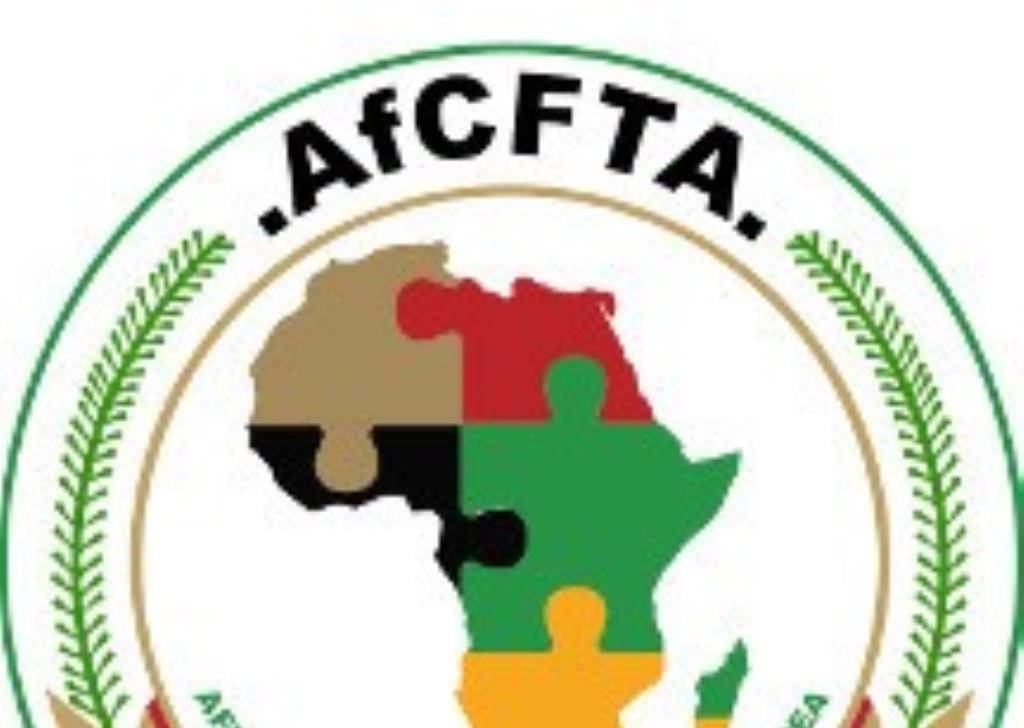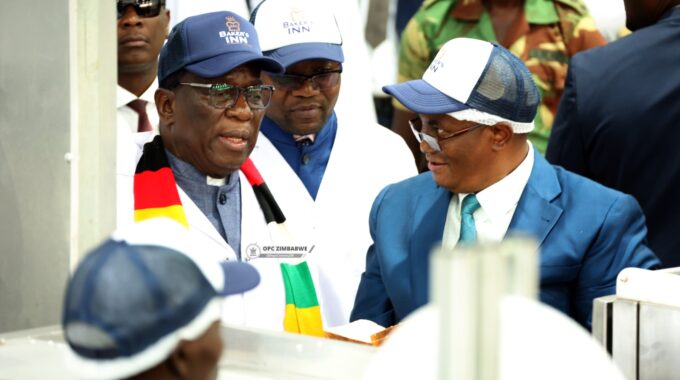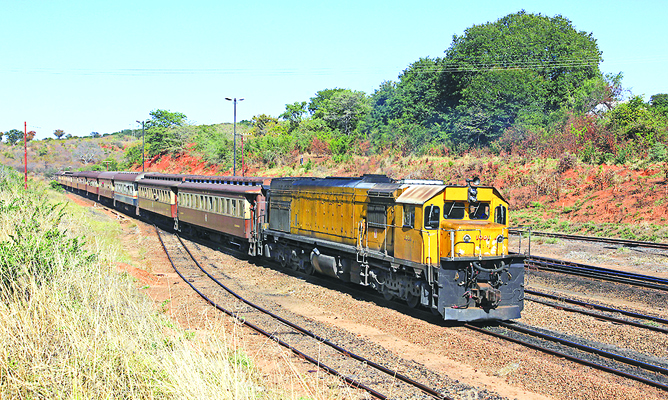Only NRZ will save Zim’s over burdened roads
As a country we have an emergency which needs to be looked at holistically and come up with a plan aimed at improving the country’s rail network and move cargo away from the overburdened and dangerous roads.
We need to acknowledge that there is a high level of incompatibility between the heavy goods vehicles and all other road users.
There is very little else that can be done about this structural problem other than separating heavy goods vehicles from other traffic.
From the sustainable and safety perspective, everything possible has to be done to prevent unnecessary movement, and then to manage the mileage travelled as safely as possible.
According to World Bank statistics, around two thirds of long-distance freight has moved from rail to roads within 10 years, with Zimbabwe businesses increasingly relying on trucks to transport their cargo nationwide.
Currently, 87 percent of freight is moved by truck, causing increased congestion and road infrastructure damage and accidents.
Currently our rail network moves 2,3 million tonnes of cargo a year, but this is a little over 16 percent of the 14 million tonnes they moved in the 1990s and just under 13 percent of the 18 million tonnes a year the network is theoretically capable of moving.
The Africa Export Import Bank (Afreximbank) has indicated its willingness to lend National Railways of Zimbabwe (NRZ) US$115 million to get the country’s railway network fully operational and work again.
The Ministry of Transport and Infrastracture Development gave a glimpse of where the loan would be spent, they said that US$34 million is to restore 254 kilometres of critical network, about 9 percent of the total 2 760km of track owned by NRZ.
The restoration work is said to be necessary to eliminate the risk associated with moving ore and other export commodities by road.
Nine locomotives and 315 wagons are also required, and the communications infrastructure on the network needs to be overhauled.
The NRZ will need to ensure that operations are highly efficient, since they need to generate revenue to repay the Afreximbank loan, repay other financing that may be required and build up their own capital resources.
With the advent of the country’s newest sovereign wealth fund the Mutapa Investment Fund, which houses a plethora of parastatals including the NRZ, we hope the expertise in the setup is working towards revitalising the important institution.
Local manufacturing of locomotive parts and plans to make rail more attractive for businesses through costs and tariff structures will need to be implemented for the country to win the fight.
If you have good demand for rail services, you need locomotives, infrastructure, power, signalling and motivated or trained people. Previous NRZ administrations tried to only invest in locomotives, not infrastructure, signalling, or training people.
Challenges in the rail sector
The rail infrastructure has suffered from neglect and lack of investment, resulting in deteriorating tracks, bridges and signalling systems. This has led to a decrease in the reliability and efficiency of rail transportation.
Outdated technology and equipment further hinder the rail sector’s ability to compete with road transport. Modernising the rail system is crucial to enhance efficiency, reduce transit times and attract cargo back to rail.
Inconsistent policies and regulatory frameworks have contributed to the stagnation of the rail sector.
Streamlining regulations and providing a conducive business environment can attract private investment and foster growth.
Strategies to shift cargo from road to rail
Prioritise significant investments in rail infrastructure, including track maintenance, electrification and modern signalling systems. Improved infrastructure enhances the reliability and efficiency of rail transportation, making it a more attractive option for cargo movement.
Introduce modern technologies such as automated train control systems, GPS tracking and efficient freight management systems. These technologies enhance safety, reduce transit times and provide real-time monitoring capabilities.
Foster collaborations between the Government and private sector to attract investment. PPPs can bring in much-needed capital, expertise and efficiency into the rail sector, aiding its revival.
Develop seamless connectivity between rail and other modes of transportation, including road and sea.
An integrated transportation network facilitates the efficient movement of goods and reduces reliance on a single mode.
Implement competitive pricing structures for rail transportation, making it a cost-effective alternative to road transport. Incentives, such as reduced tariffs for bulk cargo, can encourage businesses to choose rail for transporting goods.
Advantages of shifting cargo to rail
A revitalised rail sector can contribute to industrialisation by providing a reliable and cost-effective means of transporting raw materials and finished goods. Industries relying on heavy and bulk materials stand to benefit significantly from efficient rail transport.
Rail transport offers a more reliable and consistent mode of moving goods, reducing transit times and uncertainties associated with road transport. This enhances trade facilitation, making Zimbabwe more attractive for international and regional trade.
A robust rail network improves connectivity with neighbouring countries, fostering regional economic integration. Enhanced connectivity can lead to increased trade and economic cooperation, positioning Zimbabwe as a key player in the regional logistics chain.
Rail transport is generally more environmentally friendly compared to road transport. Shifting cargo from road to rail can contribute to reducing carbon emissions, aligning with global efforts towards sustainable and green logistics.
Conclusively, a well-developed and efficient rail network can position Zimbabwe as a competitive player in the global and regional logistics landscape.
We built a railway for this country once. We need to do so again — to look after our people, our roading assets, and our planet.
Tapiwanashe Mangwiro is a resident economist with the Business Weekly and writes this in his own capacity. @willoe_tee on twitter and Tapiwanashe Willoe Mangwiro on LinkedIn-ebusinssweekly










